The Transmitter Launch
Recent articles
This monthly newsletter offers guidance and insights for early-career neuroscientists.
Open-access neuroscience comes to the classroom: Q&A with Liz Kirby
Neuroscience textbooks can be prohibitively expensive for some undergraduate students. A new open-access alternative seeks to change that.
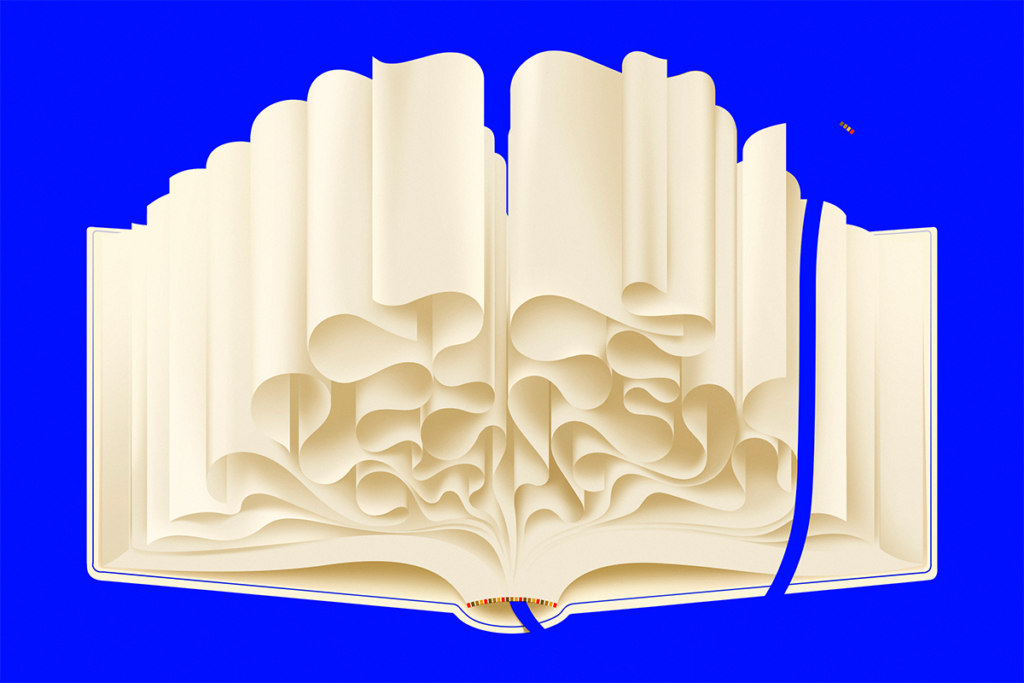
Open-access neuroscience comes to the classroom: Q&A with Liz Kirby
Neuroscience textbooks can be prohibitively expensive for some undergraduate students. A new open-access alternative seeks to change that.
How to be a multidisciplinary neuroscientist
Neuroscience subfields are often siloed. Embracing an integrative approach during training can help change that.
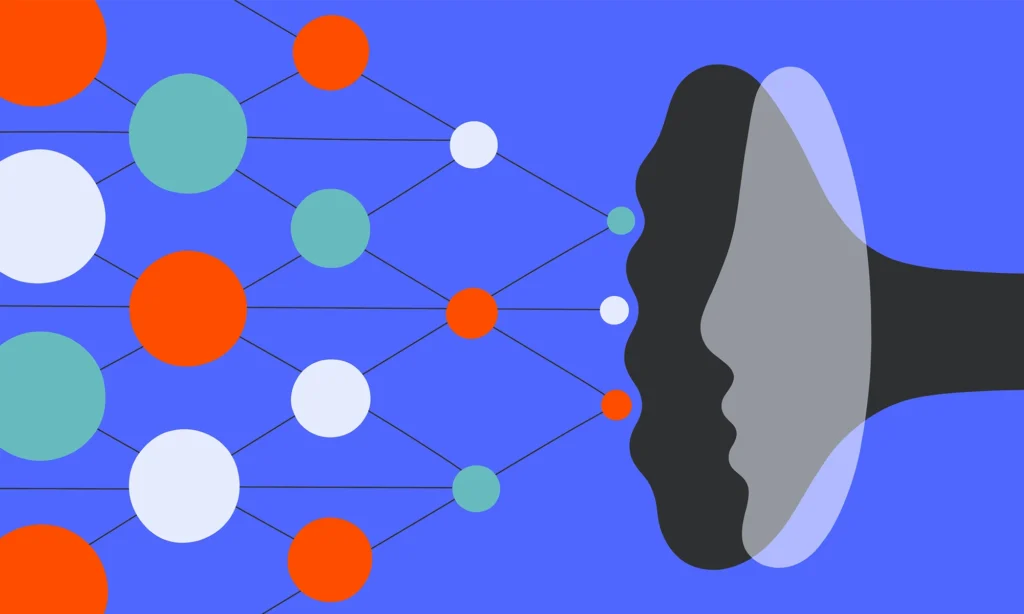
How to be a multidisciplinary neuroscientist
Neuroscience subfields are often siloed. Embracing an integrative approach during training can help change that.
Tips to navigate SfN as a trainee
As the mammoth annual meeting of the Society for Neuroscience kicks off, here is some guidance to get the most out of it—plus a request for principal investigators to train students in “soft skills.”

Tips to navigate SfN as a trainee
As the mammoth annual meeting of the Society for Neuroscience kicks off, here is some guidance to get the most out of it—plus a request for principal investigators to train students in “soft skills.”
Should I work with these people? A guide to collaboration
Kevin Bender offers advice for early-career neuroscientists on how to choose the right collaborations and avoid the bad ones.
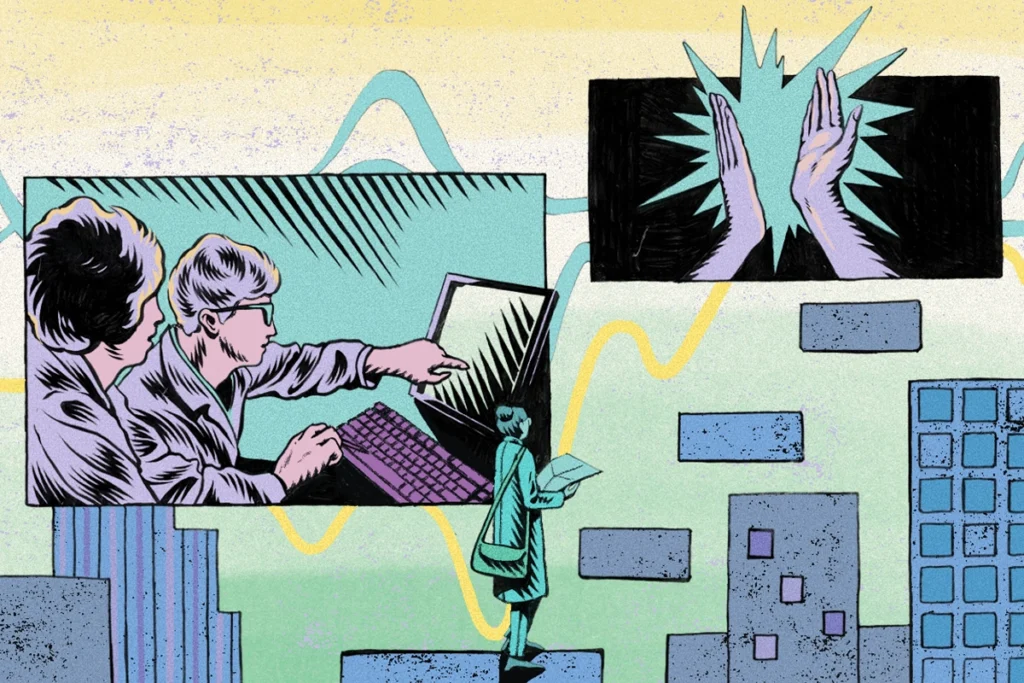
Should I work with these people? A guide to collaboration
Kevin Bender offers advice for early-career neuroscientists on how to choose the right collaborations and avoid the bad ones.
Building a global community: Q&A with Black In Neuro co-founder Clíona Kelly
As Black In Neuro Week 2024 continues through Sunday, Kelly explains how the organization expanded from its humble beginnings as a Slack channel to connect Black neuroscientists across the diaspora.

Building a global community: Q&A with Black In Neuro co-founder Clíona Kelly
As Black In Neuro Week 2024 continues through Sunday, Kelly explains how the organization expanded from its humble beginnings as a Slack channel to connect Black neuroscientists across the diaspora.
The Transmitter Launch: Q&A with Kaitlyn Casimo
A self-proclaimed “neuroscientist, engagement manager and theater nerd,” Casimo taps her broad training to engage the public and deliver “elevator pitch” workshops for Allen Institute scientists.
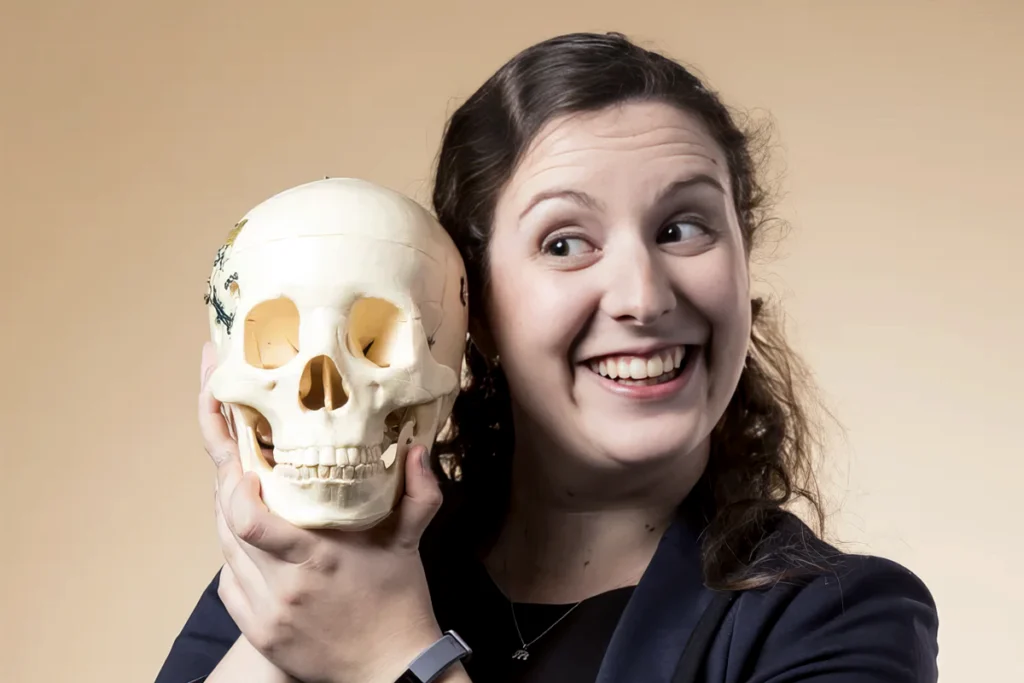
The Transmitter Launch: Q&A with Kaitlyn Casimo
A self-proclaimed “neuroscientist, engagement manager and theater nerd,” Casimo taps her broad training to engage the public and deliver “elevator pitch” workshops for Allen Institute scientists.
The Transmitter Launch: Industry internships, ‘Next Generation Leaders,’ and more
Working at a biotechnology or artificial-intelligence company is no longer an “alternative career” for researchers with a doctorate in neuroscience—plus jobs, training and funding updates for May.

The Transmitter Launch: Industry internships, ‘Next Generation Leaders,’ and more
Working at a biotechnology or artificial-intelligence company is no longer an “alternative career” for researchers with a doctorate in neuroscience—plus jobs, training and funding updates for May.
The Transmitter Launch: Networking in neuroscience—five ways to find people
These tips spell out how to reach new people for conversation and collaboration.
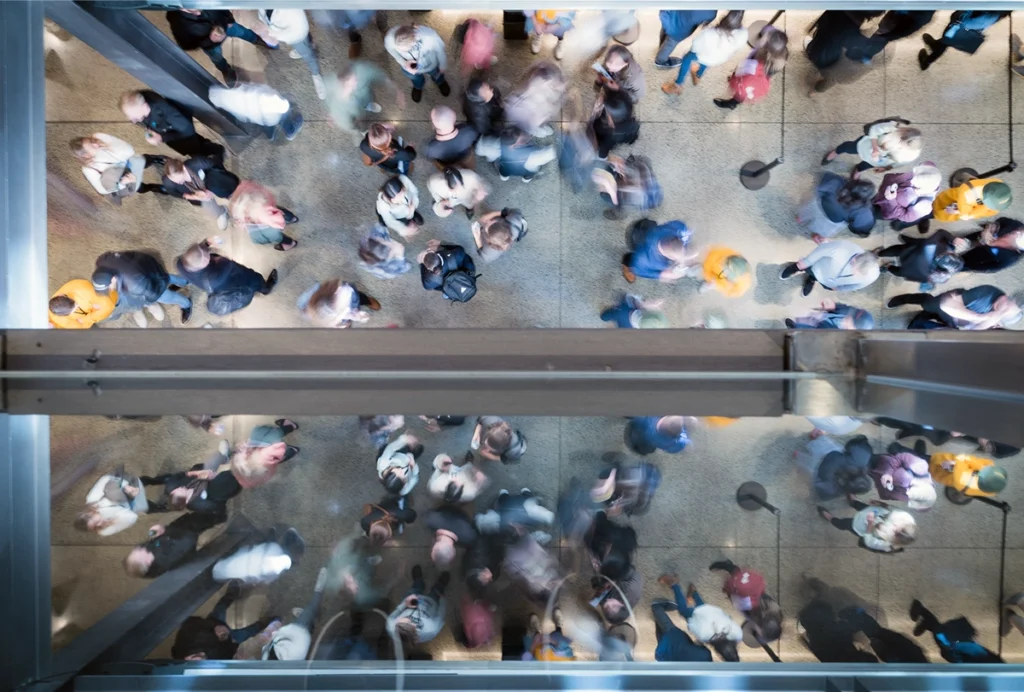
The Transmitter Launch: Networking in neuroscience—five ways to find people
These tips spell out how to reach new people for conversation and collaboration.
The Transmitter Launch: How neuroscience outreach builds key soft skills
Getting involved in public-education programs can help trained scientists develop careers both in and out of the lab.
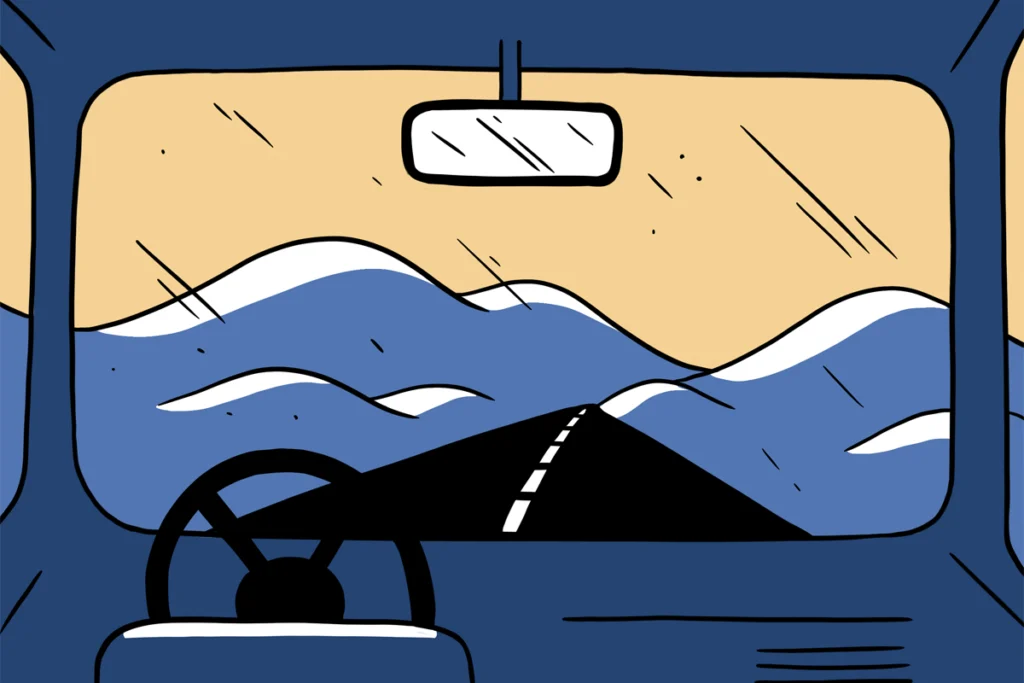
The Transmitter Launch: How neuroscience outreach builds key soft skills
Getting involved in public-education programs can help trained scientists develop careers both in and out of the lab.
The Transmitter Launch: Postdoc pay, emerging scholars and more
This month’s newsletter for early-career neuroscientists delves deep into the discussion around postdoctoral salaries and benefits.

The Transmitter Launch: Postdoc pay, emerging scholars and more
This month’s newsletter for early-career neuroscientists delves deep into the discussion around postdoctoral salaries and benefits.
Explore more from The Transmitter
What is the future of organoid and assembloid regulation?
Four experts weigh in on how to establish ethical guardrails for research on the 3D neuron clusters as these models become ever more complex.

What is the future of organoid and assembloid regulation?
Four experts weigh in on how to establish ethical guardrails for research on the 3D neuron clusters as these models become ever more complex.
Insights on suicidality and autism; and more
Here is a roundup of autism-related news and research spotted around the web for the week of 8 December.

Insights on suicidality and autism; and more
Here is a roundup of autism-related news and research spotted around the web for the week of 8 December.
Exclusive: Springer Nature retracts, removes nearly 40 publications that trained neural networks on ‘bonkers’ dataset
The dataset contains images of children’s faces downloaded from websites about autism, which sparked concerns at Springer Nature about consent and reliability.

Exclusive: Springer Nature retracts, removes nearly 40 publications that trained neural networks on ‘bonkers’ dataset
The dataset contains images of children’s faces downloaded from websites about autism, which sparked concerns at Springer Nature about consent and reliability.